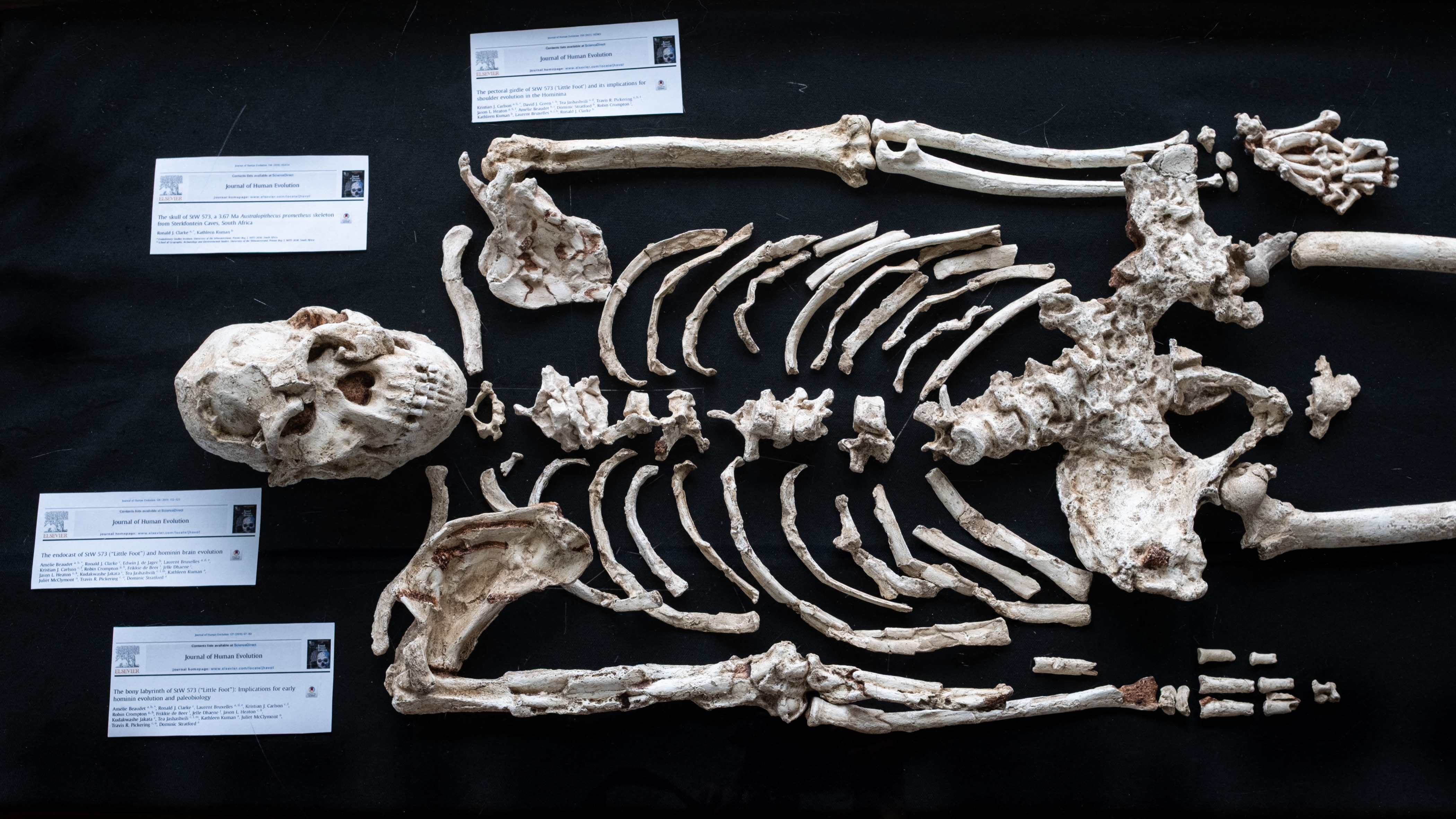World's biggest battery coming to Maine — and it could store 130 million times more energy than your laptop
The novel iron-air battery system will store 8,500 megawatt-hours of energy once it is completed.

An energy start-up plans to build the world's biggest battery in Lincoln, Maine, to help ease stresses on the region's power grid. The project is being funded by the Department of Energy, which is putting $147 million in grants toward constructing the ambitious energy storage solution.
If the current plans remain unchanged, the battery will be capable of storing 8,500 megawatt-hours (MWh) of energy, representatives of Form Energy, the company behind the project, said in a statement Aug. 6.
The battery system will have the most energy capacity of any announced in the world, Mateo Jaramillo, CEO and co-founder of Form Energy, said in the statement. The current record is held by the Edwards and Sanborn solar-plus-storage project in California, which uses over 120,000 batteries to store 3,287 MWh.
To put that 8,500 MWh of energy into context, Freeing Energy estimates that a single megawatt-hour would provide enough power for an electric car to travel 3,600 miles (5,800 kilometers). If you could somehow hook Form Energy's battery system up to that electric car, it could travel approximately 31 million miles (50 million km) on a single charge — enough to circumnavigate the Earth 1,228 times. The capacity in the best laptops, meanwhile, is approximately 65 Wh, meaning this battery can store 130 million times more energy.
The battery bank will be built using Form Energy's novel iron-air battery system, which works using a process of "reversible rusting". In short, when the battery discharges, it takes in oxygen from the air and converts the iron inside the battery to rust. Then, when the battery is recharging the process is reversed — converting rust back into iron and releasing oxygen into the air.
The storage system will be built up from multiple individual battery modules, each about the size of a side-by-side washer/dryer set, Form Energy representatives said. Each module will contain approximately 50 3-foot-tall (1 meter)- cells, which contain iron and air electrodes along with a water-based, non-flammable electrolyte solution.
Related: MIT scientists build hair-size batteries that can power cell-sized robots
Get the world’s most fascinating discoveries delivered straight to your inbox.
Although the promise of creating the world's largest battery is enticing, the company has six large-scale projects underway and none of them have been completed yet. The first project due for completion is a 150 MWh pilot project built in partnership with Great River Energy in Cambridge, Minnesota, followed by a much larger 1,500 MWh multi-day storage facility in nearby Becker — due by the end of 2025.
The Maine battery project is Form Energy's most ambitious project to date at over five times the capacity of the Great River Energy station project. According to the clean energy news site Canary Media, it's also the first project the start-up has undertaken itself, rather than in collaboration with an energy supplier.
Iron-air batteries have several advantages over the traditional lithium-ion (Li-ion) batteries used in everyday technology. For example, there are no heavy metals in iron-air batteries, which means a reduced environmental impact from lithium mining. They are also far cheaper to operate than their lithium-based relatives, with Form Energy representatives stating that an iron-air battery "stores energy at less than 1/10th the cost of lithium-ion battery technology."
But there's no chance of iron-air batteries replacing lLi-ion batteries in consumer electronics, according to the Environmental and Energy Study Institute (EESI). Although iron-air batteries are useful for large-scale storage, they charge and discharge energy much slower than Li-ion cells, which isn't ideal for smartphones or electric cars. It's also tough for researchers to shrink the batteries down small enough to fit inside these everyday devices.
"The project will ensure a more reliable, clean, and affordable grid in New England by reducing transmission congestion and making valuable wind energy resources available when and where they are needed," said Jaramillo in the statement.
Ian is a freelance science and technology writer, and formerly the Tech and Entertainment Editor at Live Science & Space.com. With a degree in biology, a PhD in chemistry, and his previous role at Institute of Physics Publishing, Ian is taking a world tour through the different scientific disciplines. He's seeing how long they let him keep this profile photo.


